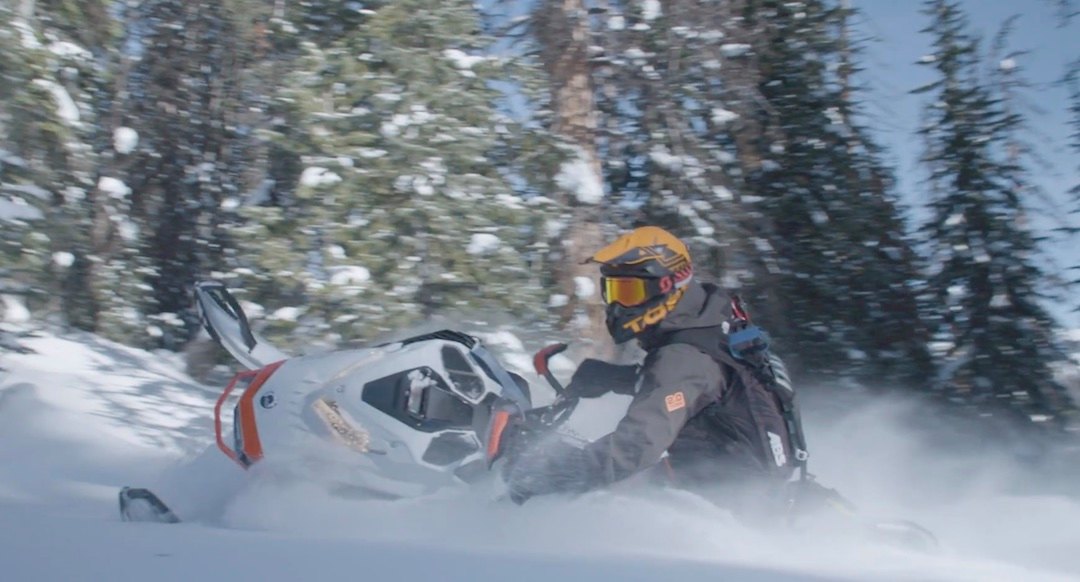No products in the cart.
Fitness Tips
A Winter Guide to Responsible Backcountry Recreation
It’s no secret that the pandemic catalyzed the largest backcountry boom in history. Its coverage has been wall-to-wall with national news outlets far from the wild, from NPR, NBC News, New York Times, to the Wall Street Journal picking up on it. When the masses head to the now snow-packed woods without much of a safety net, the questions begin: How can we all share this space, participating responsibly? How can we all enjoy solace and solitude without putting others at risk? How can we expand the outdoor community while maintaining good etiquette toward each other, wildlife, and the natural world?
The questions only multiply when considering all the various disciplines and ways we recreate in public lands. By some estimates, backcountry users have tripled this winter, bringing previously niche sports into the mainstream almost overnight. Ski touring, snowmobiling, snowshoeing, and nordic skiing are as popular as ever, demonstrated with overflowing trailheads, empty shelves at gear shops, and your crazy uncle texting you about avalanche risks every week. But most of the negative impacts are harder to see and evaluate, let alone change.
One of the few epicenters of this trend is my mountain town home, Jackson, Wyoming. Famous for its world-class powder, cowboy culture, iconic National Parks, and Kanye West’s new ranch, Jackson’s 10,000 permanent residents play host to millions of tourists each year. Despite an international health crisis, lockdowns, and peak pandemic fear, we’ve seen an increase in visitors every month since June, compared to the previous year. This rapid influx is venturing past the ski resort and popular restaurants, often into the backcountry, and often without a full-fledged understanding of how they impact others.
Instead of condemning the boom, the Bridger-Teton National Forest staff and its nonprofit partner, Friends of the Bridger-Teton, took steps to lead by example and help people recreate more responsibly. Together, they created a series of films which highlight community members exemplifying good etiquette and safe backcountry travel. These aren’t your typical PSAs with strict rules and formal procedures, but instead voices of locals that highlight the issues, risks, and love of the backcountry.
Through their stories, including close calls with avalanches, wildlife, and hordes of other backcountry users, these characters set an example as good role models to follow. These same issues exist in mountain towns across the West, from Tahoe to Telluride, Bend to Bozeman, and Park City to Taos.
Sled Responsibly from Friends of the Bridger-Teton on Vimeo.
Winter wildlife from Friends of the Bridger-Teton on Vimeo.
For access to exclusive gear videos, celebrity interviews, and more, subscribe on YouTube!
Source link

